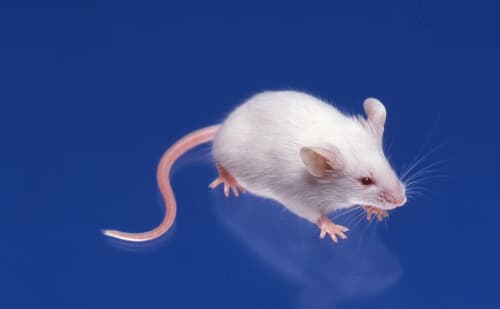BALB/cAJcl
BALB/cByJJcl
Animals/Inbred Strains/

Ordering name: BALB/cAJcl
BALB/cByJJcl
Nomenclature: BALB/cAJcl, BALB/cByJJcl
Availability: Live colony
Use
Used in immunology, monoclonal antibody research, and screening.
Origin

1913: Dr. Bagg maintained an albino mutant mouse (called Bagg Albino). Dr. Little named it BALB.
1923: brother-sister mating was conducted by Dr. McDowell.
1947: it was introduced to the Jackson Laboratory from Dr. Little and supplied as C57BL/6J.
1932: Dr. Snell received the strain at the F36 generation, and it was named BALB/c. Subsequently, many sublines were created, and those
that went to Europe became BALB/cA.
1964: Jackson Laboratory began production and supply as BALB/cByJ based on a strain that was transferred from Dr. Andervont to Dr. Bailey
in 1940.
1973: BALB/cA and BALB/cA-nu (nude mice) were introduced to the National Institute of Genetics from Dr. C.W. Friis (Denmark).
1980: CLEA Japan began production and supply as BALB/cAJcl.
1986: BALB/cBy (F=156) was introduced from Jackson Laboratory, and production and supply as BALB/cByJcl began.
Our Contract Research Services related with This Animal
For details on our contract research services, including cryopreserved embryos, contracted testing, and the provision of research materials such as blood and organs, please click here .

